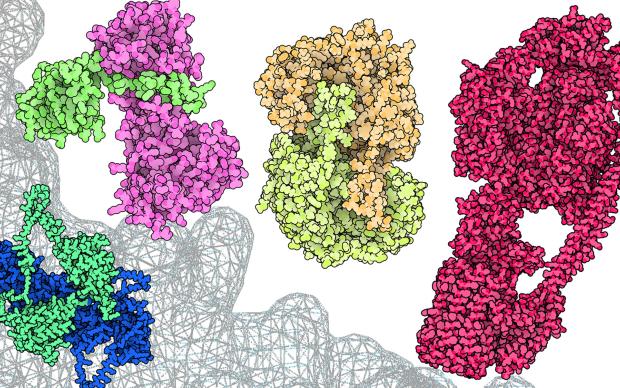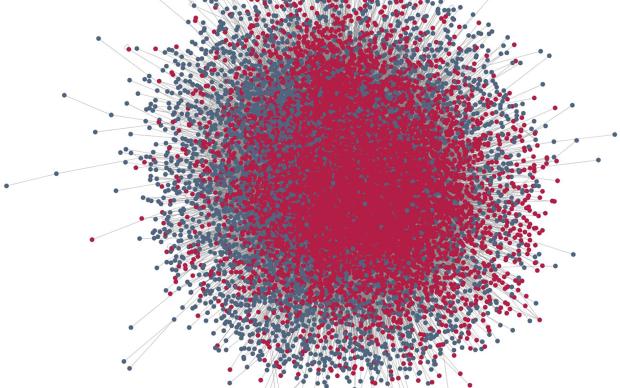Around 20,300 protein-coding genes have been predicted from the analysis of the human genome. On the occasion of its tenth anniversary, the Human Proteome Project (HPP) reports the experimental validation of 90.4% of the human proteome at high stringency, a significant milestone. The publication highlights the role of the SIB Resource neXtProt as the reference knowledgebase of HPP.
About HPP, a community and open science effort
The Human Proteome Organization launched the Human Proteome Project in 2010, creating an international framework for global collaboration, data sharing, quality assurance and enhancing accurate annotation of the genome-encoded proteome. During the subsequent decade, the HPP established collaborations, developed guidelines and metrics, and undertook reanalysis of previously deposited community data, continuously increasing the coverage of the human proteome. For an interactive journey in the history of proteomics, take a look at the HUPO timeline
The SIB Resource neXtProt is the official reference database for the HPP project: in close collaboration with other key project partners such as PeptideAtlas or Human Protein Atlas, it centralises, standardises and redistributes data and offers a number of indicators to measure the project's progress. In particular, neXtProt provides a "protein existence" status to each entry, which indicates the type of evidence that supports the existence of the protein. read more
On the occasion of its 10th anniversary and using these indicators, HPP reports a 90.4% complete high-stringency human proteome blueprint (see References): in other words, over 90% of the predicted proteins have now been experimentally validated.
“We are very proud to be part of this community-driven adventure to deepen our knowledge and understanding of human proteins through neXtProt. This is a remarkable achievement.” says Lydie Lane, co-lead author of the paper and Associate Group Leader at CALIPHO.
The next challenge of the HPP will be to understand the roles played by each of these proteins in human health and disease, and use this knowledge to improve our understanding, diagnosis and treatment of cancers, cardiovascular and infectious diseases.
Reference(s)
Adhikari S et al. A high-stringency blueprint of the human proteome, Nature Communications, 2020.
Omen G S et al. Research on the human proteome reaches a major milestone: >90% of predicted human proteins now credibly detected, according to the HUPO Human Proteome Project, J. Proteome Res., 2020.












